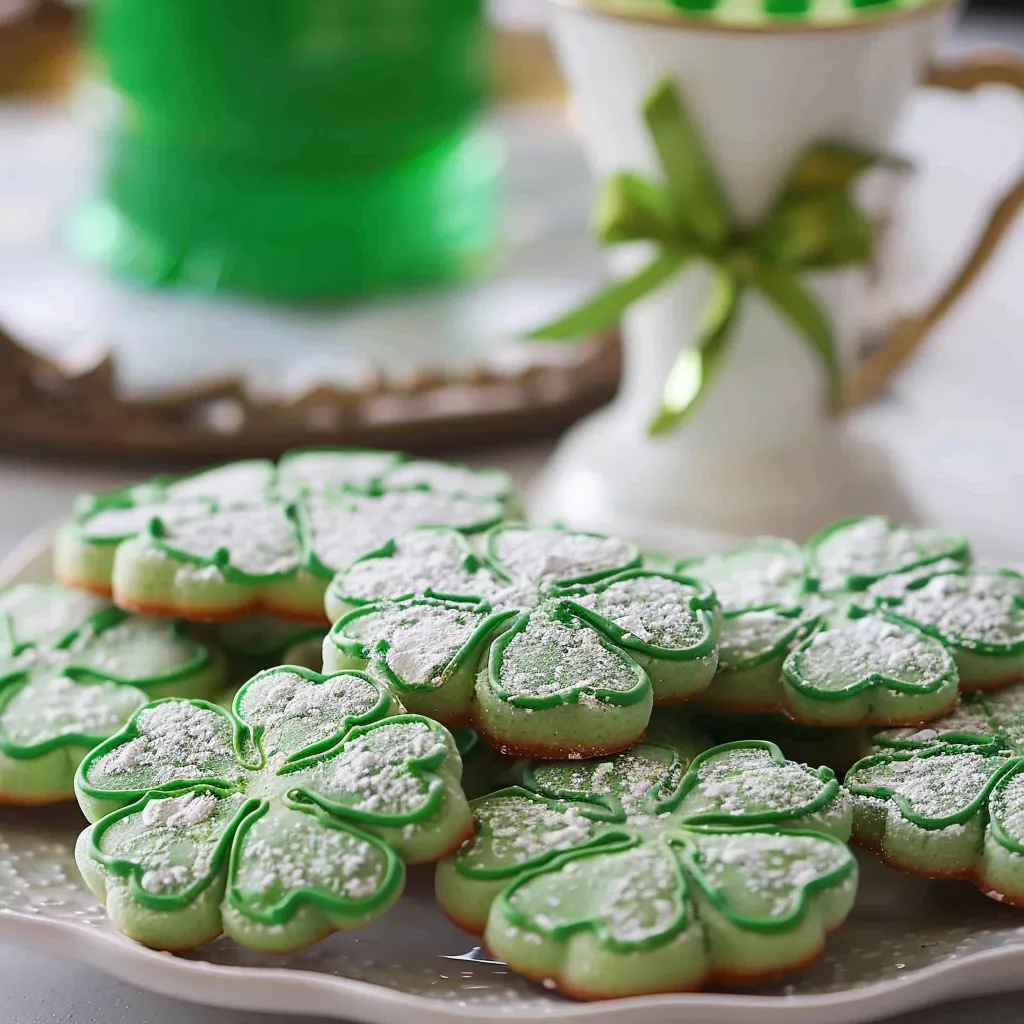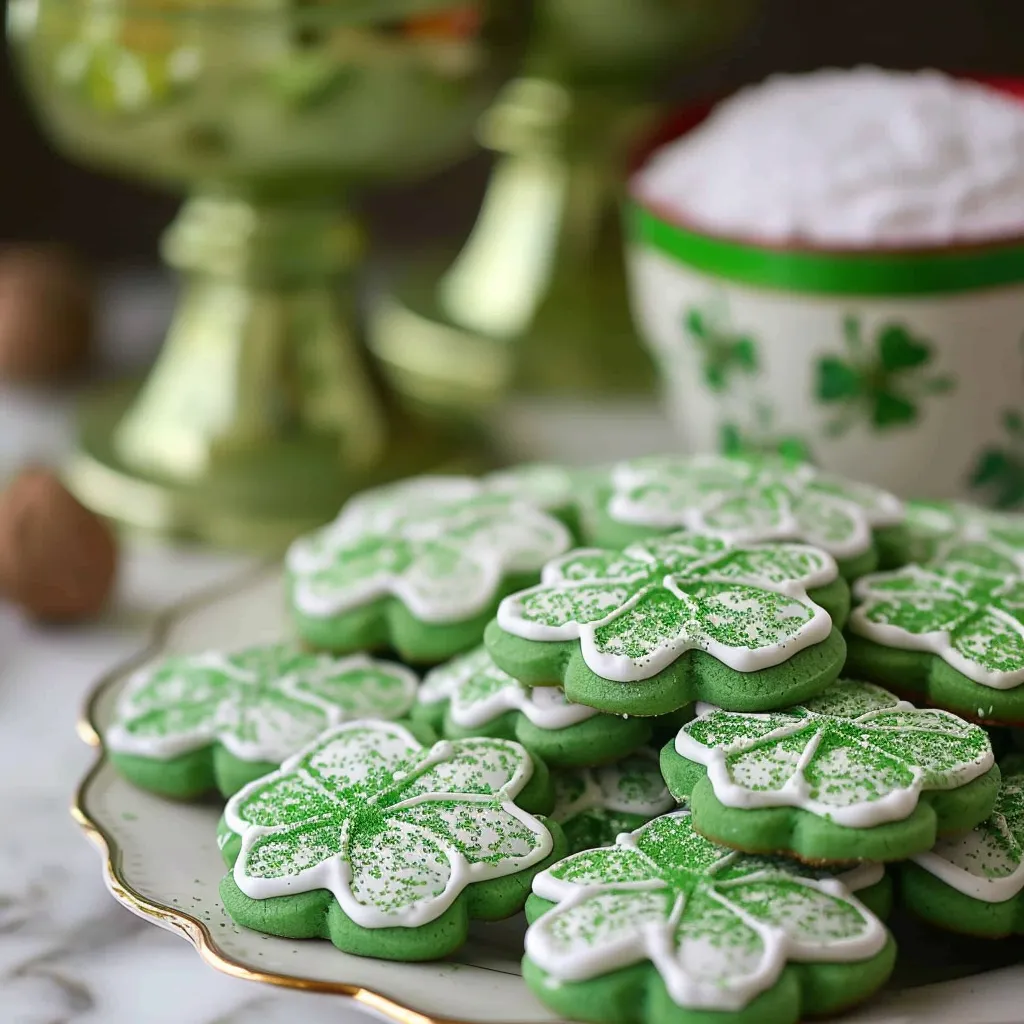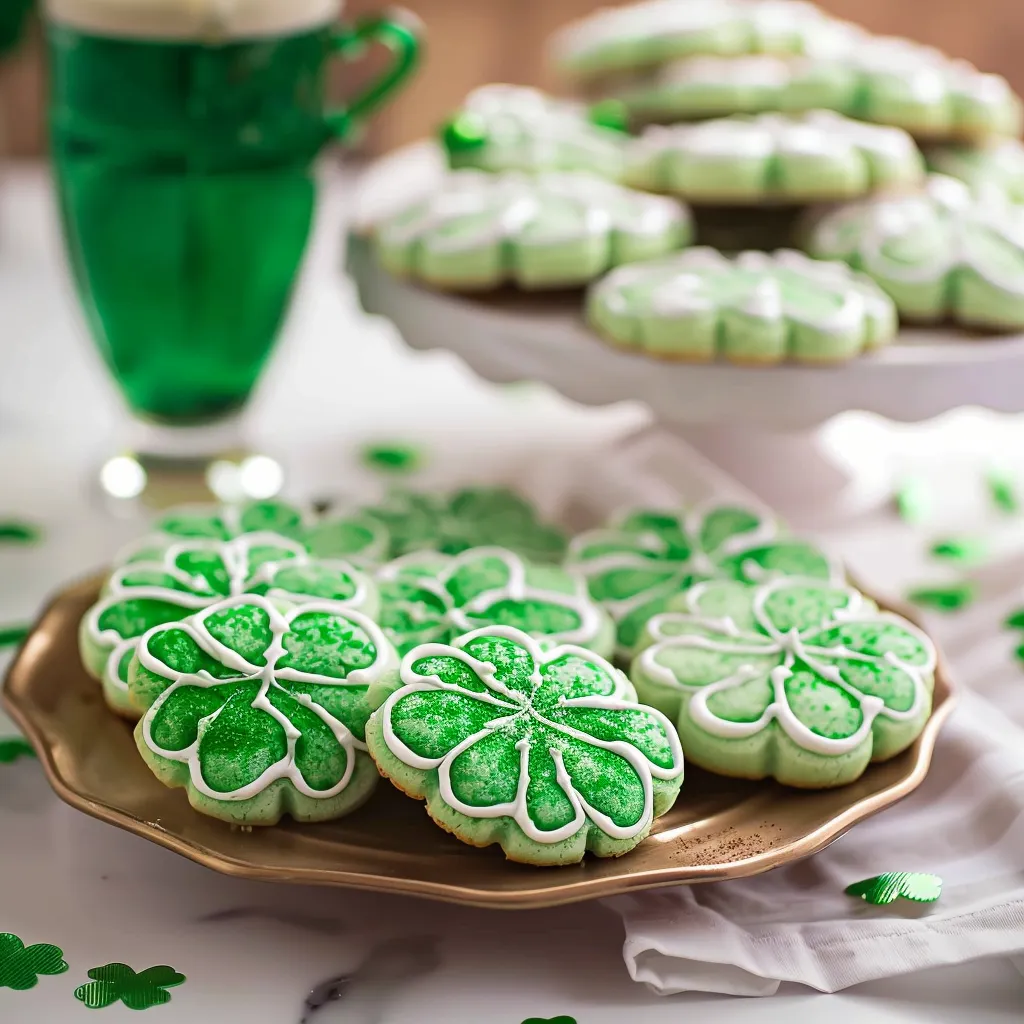 Pin to Favorites
Pin to Favorites
The vibrant colors and rich aroma of a freshly baked King Cake instantly transport you to the lively streets of New Orleans during Carnival season. This iconic Mardi Gras dessert combines a tender, buttery dough with sweet cinnamon filling, all crowned with a simple glaze and the traditional purple, green, and gold sugars that symbolize justice, faith, and power. More than just a delicious treat, a King Cake embodies the spirit of celebration and community that defines Mardi Gras, making it a meaningful addition to your Fat Tuesday festivities.
Last year, I served this at a small Mardi Gras gathering, and my friend from New Orleans declared it impressively authentic. The secret lies in the proper dough texture and allowing adequate time for rising, which creates that distinctive brioche-like quality that defines a true King Cake.
Essential Ingredients and Selection Tips
- Active Dry Yeast: Ensures proper rising for a light, fluffy texture. Proof in warm milk for best results.
- All-Purpose Flour: Provides structure while maintaining tenderness. Use unbleached for better flavor.
- Butter: Unsalted European-style butter with a higher fat content creates a richer dough.
- Eggs: Room-temperature eggs incorporate more easily into the dough, adding richness.
- Milk: Whole milk yields the most tender result. Warm it to about 110°F for yeast activation.
- Brown Sugar: Light or dark works well; dark provides a deeper molasses flavor.
- Colored Sugars: Traditional Mardi Gras colors (purple, green, gold) should be vibrant and coarse.
 Pin to Favorites
Pin to Favorites
Detailed Cooking Instructions
- Activate the Yeast:
- Combine ¼ cup warm milk (110°F) with 2¼ teaspoons yeast and 1 tablespoon sugar. Let sit for 5-10 minutes until frothy.
- Create the Dough Base:
- Add ½ cup softened butter, ⅓ cup sugar, 1 teaspoon salt, 2 eggs, and 2 cups flour. Gradually add another 2-2½ cups flour, kneading until a soft dough forms.
- Knead to Develop Structure:
- Knead for 8-10 minutes until smooth and elastic.
- First Rise:
- Place in a greased bowl, cover, and let rise for 1-1½ hours until doubled.
- Prepare the Filling:
- Mix ⅔ cup brown sugar, 1½ tablespoons cinnamon, and ¼ teaspoon nutmeg.
- Shape with Care:
- Roll the dough into a 24x12-inch rectangle, spread with 2 tablespoons butter, and sprinkle with the filling.
- Form the Traditional Ring:
- Roll into a log, shape into a ring, pinch the ends, and place seam-side down on a baking sheet.
- Bake to Golden Perfection:
- Brush with egg wash and bake at 350°F for 25-30 minutes until golden brown.
- Create the Traditional Icing:
- Whisk 2 cups powdered sugar with 2-3 tablespoons milk and 1 teaspoon vanilla.
- Decorate with Festive Colors:
- Drizzle icing over the cake and sprinkle with purple, green, and gold sugars.
The Cultural Connection Story
My first experience with King Cake came during a visit to New Orleans, where I saw how sharing this special treat created an instant connection among strangers. When I later made it at home, I realized that the tradition of slicing the cake and discovering who gets the hidden trinket brings people together in a way that transcends the act of eating. This experience demonstrated how food traditions can serve as cultural bridges, inviting everyone to participate in celebrations that might otherwise feel unfamiliar.
The Dough Revelation Journey
My early attempts at King Cake resulted in dense, heavy dough until I learned that slightly wetter dough yields a tender, brioche-like texture. Trusting the feel of the dough rather than rigid measurements transformed my results, teaching me to adapt based on humidity and flour absorption rather than strictly following a recipe. This more intuitive approach has improved my overall bread-making skills.
The Filling Exploration Adventure
While cinnamon-sugar is traditional, experimenting with fillings has created beloved variations. A praline cream cheese version became a favorite among friends, while an almond paste-filled King Cake offered a refined twist. These adaptations show how traditions can evolve while maintaining their essential character, allowing for creative personalization within the framework of heritage baking.
The Family Tradition Formation
What began as an experiment in cultural baking has become an annual family tradition. My children eagerly participate in kneading the dough and decorating the cake, turning this once-new experience into a seasonal marker of approaching spring. The King Cake now holds a permanent place in our celebrations, demonstrating how adopted traditions can take root through meaningful experiences.
The Accessible Adaptation Approach
For beginners or those short on time, I’ve developed a simplified version using refrigerated crescent roll dough while keeping the traditional shape and decorations. Rather than diminishing authenticity, this adaptation makes the tradition accessible to more people, reinforcing the idea that food culture should be inclusive rather than exclusive.
Creating a King Cake connects you to centuries of tradition while offering room for personal expression. More than just a dessert, it invites people to participate in a celebration of community and surprise. The shared experience of slicing the cake and discovering who gets the hidden trinket creates lasting memories, demonstrating that the best food traditions nourish both body and spirit.
 Pin to Favorites
Pin to Favorites
Frequently Asked Questions
- → Can I use a different flavor of cake mix for these St. Patrick's Day cookies?
- Yes, you can use any flavor of white or light-colored cake mix such as vanilla, yellow, or even lemon. Just make sure it's not chocolate or another dark mix that would interfere with the green color.
- → What if I don't have gel food coloring?
- You can use liquid food coloring, but you'll need more of it to achieve the same vibrant green color. Start with 1/2 teaspoon and add more as needed. Gel food coloring is more concentrated and won't affect the consistency of the dough as much.
- → Why do my cookies need to be rolled in granulated sugar before powdered sugar?
- The granulated sugar creates a barrier that prevents the powdered sugar from completely absorbing into the cookie during baking. This step helps ensure you get those distinct white crackles against the green background.
- → How long will these St. Patrick's Day cookies stay fresh?
- These cookies will stay soft and fresh for 4-5 days when stored in an airtight container at room temperature. You can also freeze them for up to 3 months.
- → Can I add mint flavor to make them more festive?
- Absolutely! Add 1/2 teaspoon of mint extract or peppermint extract to the dough for a refreshing mint flavor that complements the green color and enhances the St. Patrick's Day theme.
